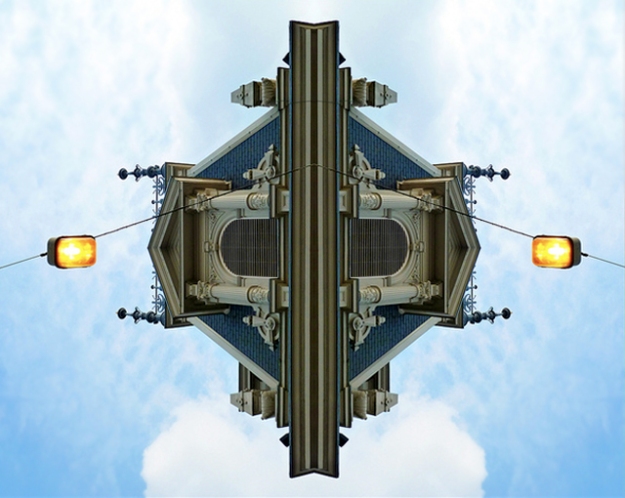‘Snitt’ is H.C. Gilje’s installation made for Galleri 21 in Malmö. A straight light line moves slowly through the three rooms of the gallery space, cutting it into different sections (snitt). The movement of the line is “attacking” the room from different angles and it focuses the attention of the viewer on the physical qualities of the space. The physical properties of the gallery’s space (walls, ceiling, floor, door openings, light fixtures etc.) modulate/break up the straight line into a continuously evolving pattern of line fragments, depending on the position of the viewer and the angle of the line in relation to the architecture.
•
H.C. Gilje works with realtime environments, installations, live performance, set design and single channel video. He has presented his works in concert halls, theatre and cinema venues, galleries, festivals and on several DVD releases, including ‘242.pilots live in Bruxelles’ on the label Carpark and ‘Cityscapes’ on the French label Lowave. He was a member of the video-impro trio 242.pilots and the visual motor of the Norwegian dance company Kreutzerkompani. In October 2006 Gilje started a 3 year position as a research fellow at Bergen National Academy of the Arts in Norway, exploring how audiovisual technology can be used to transform, create, expand, amplify and interpret physical spaces.
H.C. Gilje’s current exhibition Light space modulators is open until 22 May in iMAL center for digital cultures and technology in Brussels.














You must be logged in to post a comment.